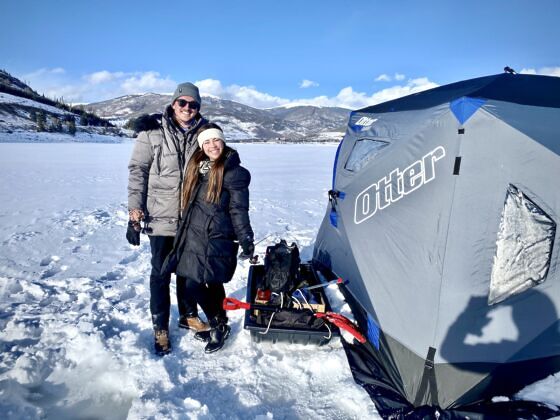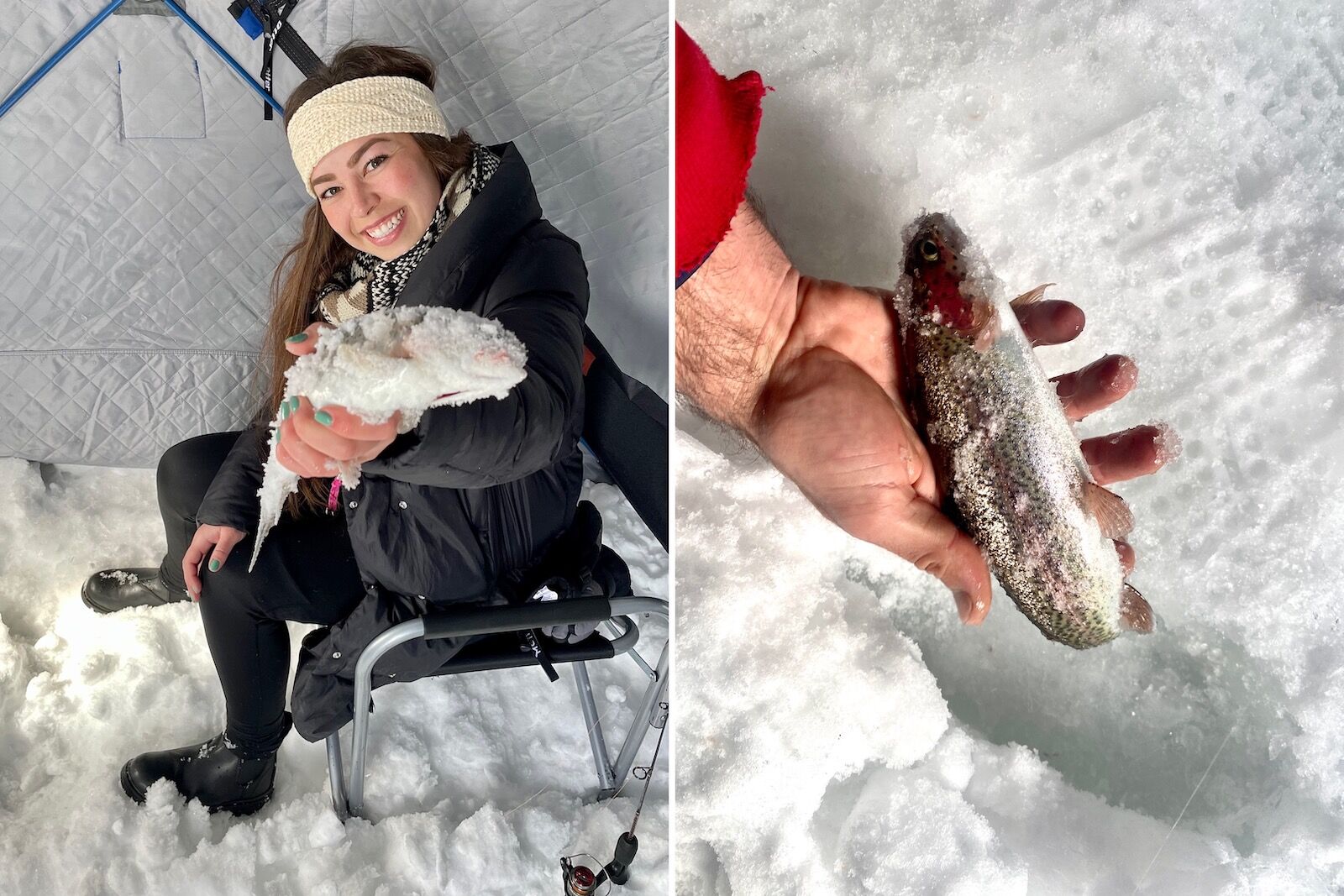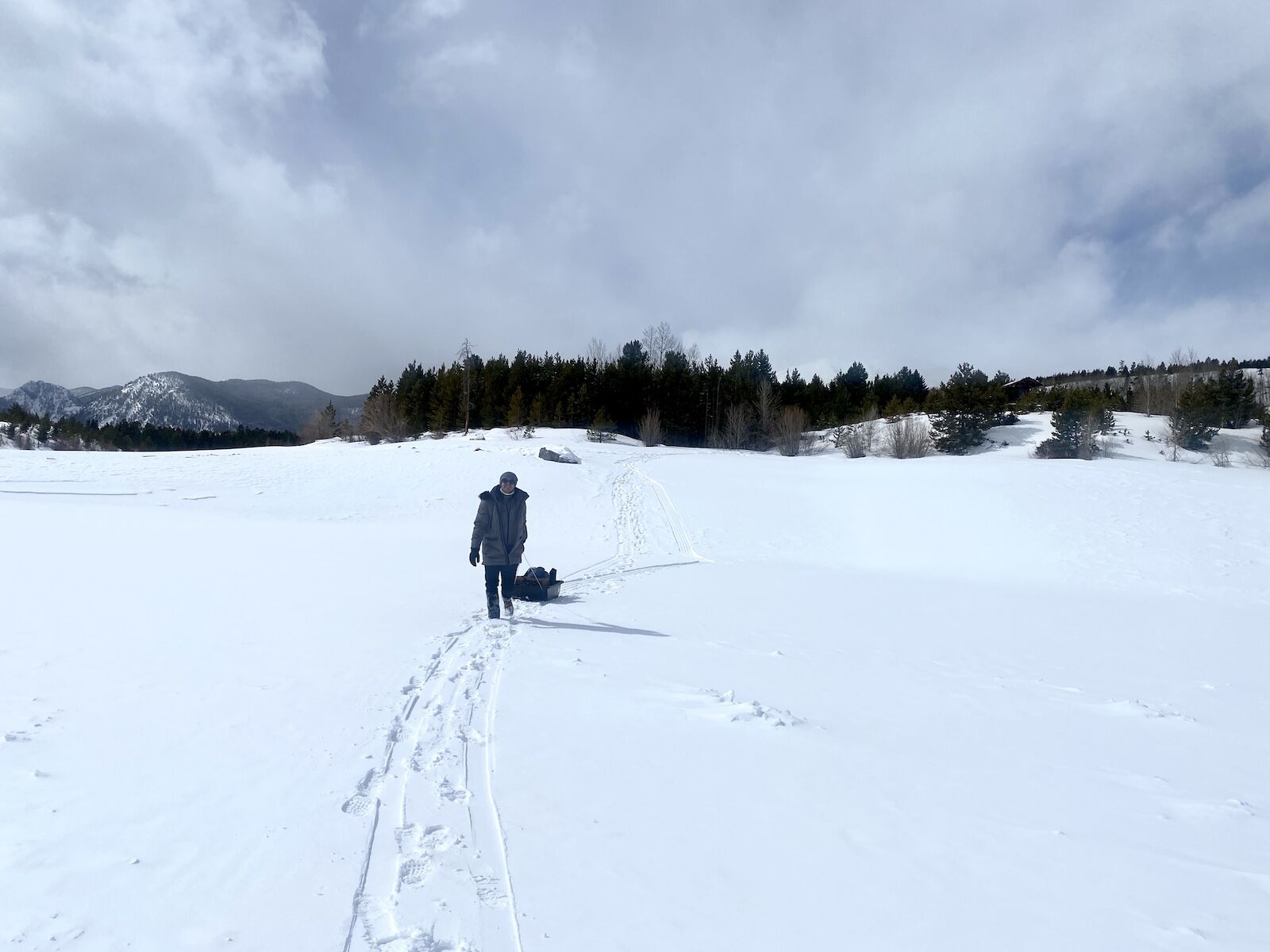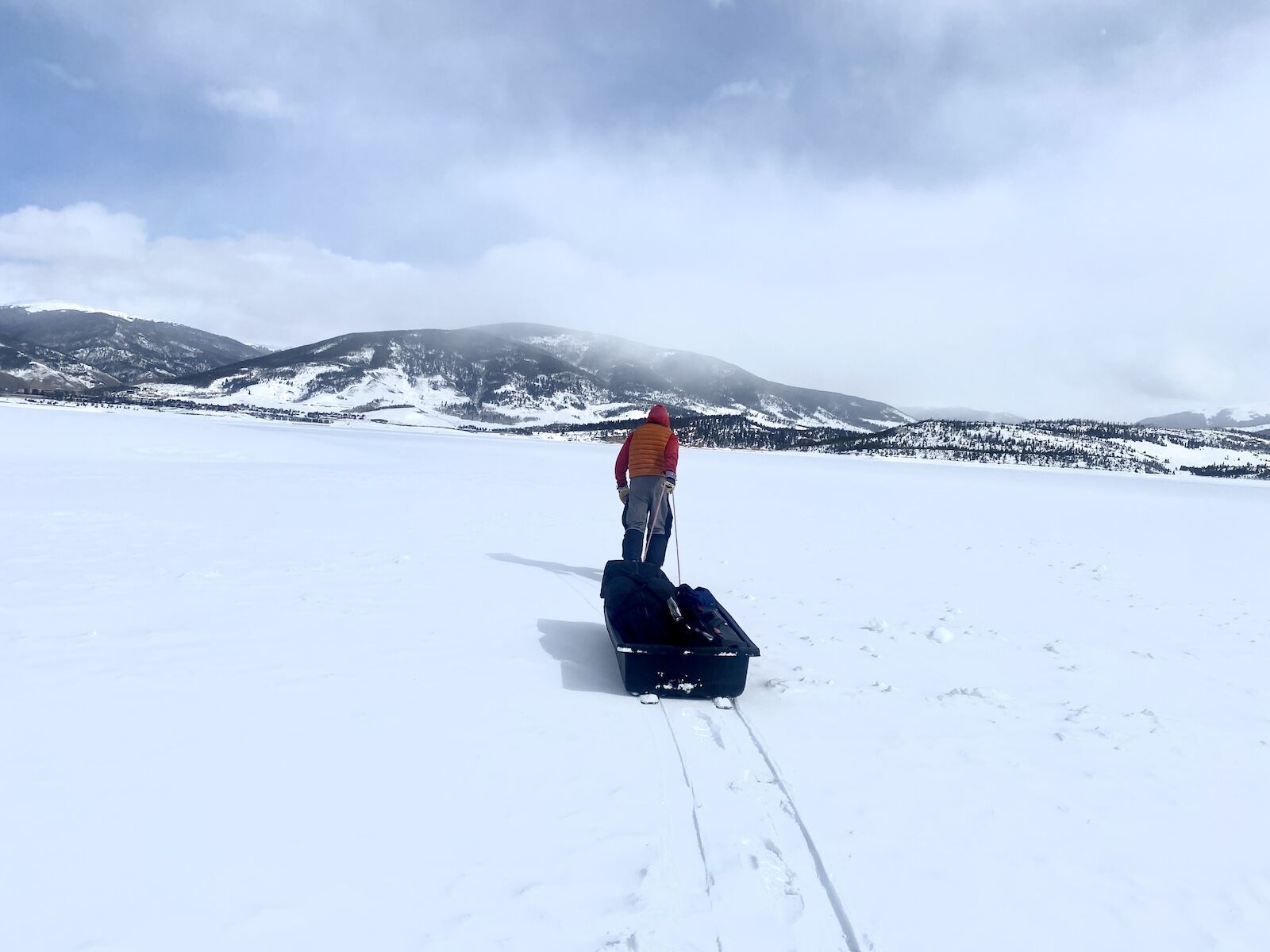We hope you love the experiences and products we recommend! Just so you know, Matador may collect a small commission from the links on this page if you decide to make a purchase. Listed prices are accurate as of the time of publication.
Growing up in California, ice fishing always seemed to fall into the “extreme” category of fishing that seemed somewhat inaccessible to me. Turns out that’s far from the case, as I learned on a recent trip from my now hometown of Denver. In fact, the part that made it seem extreme — the weather — wasn’t much of a hindrance at all thanks to the right guide and the right gear.



